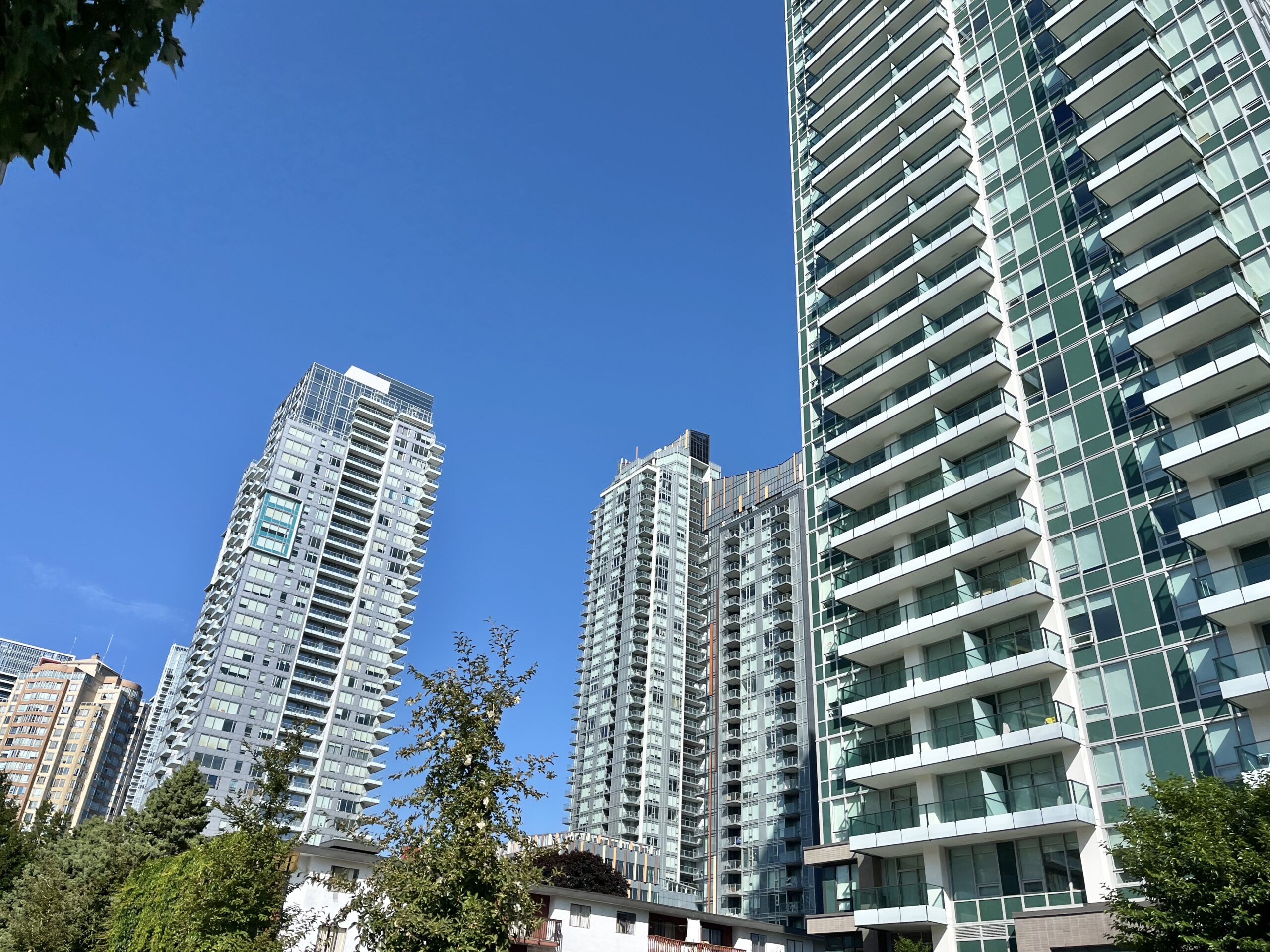East Vancouver has long been a vibrant and diverse community, known for its multicultural atmosphere, accessibility, and evolving housing options. Between 2021 and 2025, this area has continued to draw a significant number of new immigrant buyers and renters. Understanding the demographic shifts, affordability factors, and community appeal helps explain why East Vancouver remains a top choice for newcomers.
Immigration Trends Shaping East Vancouver (2021–2025)
Canada’s federal immigration targets have steadily increased in recent years, with a record 485,000 newcomers expected in 2025 alone. British Columbia, particularly Metro Vancouver, is a primary destination due to its economic opportunities and quality of life.
Data from Immigration, Refugees and Citizenship Canada (IRCC) shows that a large proportion of immigrants settling in Metro Vancouver choose East Vancouver as their first home. From 2021 to 2024, over 60,000 new immigrants moved into this area, representing roughly 40% of all new residents to the region during that time.
East Vancouver’s established immigrant communities, multilingual services, and cultural hubs provide a welcoming environment for newcomers adjusting to Canadian life.
Read more: Which Neighbourhoods Are Gentrifying Fastest in East Vancouver in 2025?
Housing Affordability: A Key Draw
One of the most compelling reasons immigrants choose East Vancouver is relative affordability compared to Vancouver’s West Side and downtown core.
- According to MLS data, average home prices in East Vancouver neighborhoods such as Hastings-Sunrise, Renfrew-Collingwood, and Kensington-Cedar Cottage range between $900,000 and $1.3 million in 2025.
- In contrast, West Side neighborhoods like Kitsilano and Point Grey often exceed $2 million.
- For renters, East Vancouver offers competitive rental rates, with average rents for one-bedroom apartments hovering around $1,700 per month, compared to $2,200+ in more central areas.
These price differences allow immigrant families and first-time buyers to enter the market earlier, often opting for townhomes or condos as starter homes.
Accessibility and Transit Connectivity
East Vancouver benefits from extensive public transit networks, including SkyTrain stations on the Expo and Millennium lines, as well as multiple bus routes. The ongoing Broadway Subway extension, set to open in late 2025, will further enhance connectivity, linking East Vancouver more directly with downtown Vancouver and other employment hubs.
This improved accessibility reduces commuting times and transportation costs, making East Vancouver more attractive for working professionals and families.
Community and Cultural Amenities
The strong sense of community in East Vancouver is another significant attraction for immigrant buyers and renters. The area is home to:
- Diverse cultural festivals and markets celebrating Filipino, Chinese, South Asian, and Indigenous cultures.
- Community centers offering language programs, settlement services, and support networks tailored to newcomers.
- Ethnic grocery stores, restaurants, and places of worship that provide familiarity and comfort.
For many immigrants, these cultural amenities ease integration and foster a sense of belonging.
Testimonials from Newcomers
Local residents who have recently moved to East Vancouver often cite the welcoming environment as a key factor in their decision.
“We chose East Vancouver because of the vibrant community and affordable housing options. It feels like home with so many people from similar backgrounds,” says Maria L., who immigrated from the Philippines in 2023 and purchased a townhouse in Renfrew-Collingwood.
Similarly, Ahmed K., who rented an apartment in Hastings-Sunrise after arriving from Pakistan in 2022, shares, “The transit access and local support services made settling here much easier. It’s a great place for my family to grow.”
Demographic Shifts and Future Outlook
Between 2021 and 2025, East Vancouver’s population has grown not only in size but also in cultural diversity. This demographic shift is supported by municipal efforts to encourage inclusive development, preserve affordable housing, and enhance community resources.
Looking ahead, urban planners expect continued demand from immigrant buyers and renters, driven by:
- Ongoing immigration and interprovincial migration
- Expansion of transit infrastructure
- Increasing availability of mid-density housing options such as townhomes and condos
These trends suggest East Vancouver will remain a gateway community for newcomers seeking opportunity and belonging.
Conclusion
East Vancouver’s appeal to immigrant buyers and renters from 2021 through 2025 is rooted in a combination of affordable housing, strong transit connections, and rich cultural amenities. These factors, alongside a supportive community atmosphere, have made East Vancouver a preferred destination for newcomers to Metro Vancouver.
For real estate investors and community planners, understanding these dynamics is essential to supporting sustainable growth and meeting the evolving needs of this diverse population.
My name is Jay, a longtime Metro Vancouverite sharing local real estate tips and my own photos of the city’s homes and neighbourhoods here on Vancouver Home Hub. Hope you find my blog useful! Feel free to reach out anytime at vancouverhomehub@gmail.com if you have questions.


Leave a Reply